Quality Rating 3: Positive Guidance
Requirements
Let’s look at the requirements for Developmentally Appropriate Learning and Practice: Positive Guidance: DAP 3.3.
Review the requirements for your program type.
Some terms may be unfamiliar to you. Select the hyperlinks for more information.
Child Care Center
DAP 3.3: Positive Guidance
Staff uses positive behavioral supports and strategies with children that include providing choices, using redirection, reflection and problem solving, and clear rules and expectations.
Documentation to submit: Positive Behavioral Practices Policy
Family Child Care
DAP 3.3: Positive Guidance
Provider and any staff uses positive behavioral supports and strategies with children that include providing choices, using redirection, reflection and problem solving, and clear rules and expectations.
Documentation to submit: Positive Behavioral Practices Policy
School-Age Only
DAP 3.3: Positive Guidance
Staff uses positive behavioral supports and strategies with children that include providing choices, using redirection, reflection and problem solving, and clear rules and expectations.
Documentation to submit: Positive Behavioral Practices Policy


